Join us as we explore the fascinating odyssey of the vanilla bean, piquing your curiosity and cultivating a renewed appreciation for this exquisite ingredient.
What is a vanilla pod?
Vanilla pods are the fruits of the vanilla plant (Vanilla planifolia), which belongs to the orchid family. These elongated and narrow pods are used to extract the characteristic flavor and aroma of natural vanilla.
Origin of the vanilla pod
The fascinating history of the vanilla bean dates back thousands of years to the lush tropical regions of Mexico and Central America, where the vanilla plant thrives. Known scientifically as Vanilla planifolia, this climbing orchid is the main source of premium quality vanilla in the world.
Benefits of natural vanilla or vanilla pods
Vanilla pods offer a wide range of benefits, from their culinary properties to their health benefits. Below are some of the most notable benefits of vanilla pods.
Antioxidant properties
Las vainas de vainilla provenientes de Madagascar son conocidas por ser una variedad de vainilla especialmente rica en antioxidantes. Estos compuestos ayudan a combatir el daño de los radicales libres en el cuerpo, lo que puede contribuir a la prevención de enfermedades crónicas y al envejecimiento prematuro.
Anti-inflammatory effects
Another property of vanilla pods is their anti-inflammatory effect. The active compounds in vanilla beans can help reduce inflammation in the body, which is beneficial for those suffering from chronic inflammatory conditions, such as arthritis.
Improved flavor and aroma in gastronomy
Vanilla pods are a popular ingredient in cooking, prized for their ability to impart exceptional natural flavor. Their use in desserts, ice cream, sauces, and beverages enhances flavor and adds a distinctive aroma that makes dishes even more appealing.
Digestive properties
Historically, vanilla pods have been used to relieve digestive disorders. Their consumption is believed to help soothe the stomach and improve digestion, making them a valuable ingredient in teas and infusions.
Use in aromatherapy and emotional well-being.
The scent of vanilla is famous for its calming and relaxing properties. This fragrance is used in aromatherapy and helps reduce stress and anxiety, promoting an overall sense of well-being.
Cardiovascular health benefits
Several studies indicate that compounds in vanilla pods may benefit cardiovascular health. For example, vanillin has been found to regulate the expression of genes related to lipid metabolism, which may help reduce LDL cholesterol levels in the body.
Antimicrobial properties
Vanilla pods have been shown to have antimicrobial properties, suggesting that they may help inhibit the growth of certain pathogenic microorganisms. This benefit is not only valuable for food preservation but also for promoting overall health.
Sustainability and local production
Vanilla cultivation can represent a valuable source of income for many rural communities, especially in regions where sustainable agriculture is practiced; therefore, its cultivation positively impacts the environment.
Strengthening the immune system
Stimulation of the immune system is another of vanilla's properties, helping the body protect itself against diseases and viruses. Certain compounds in vanilla can contribute to naturally strengthening the body's defenses.
How to preserve vanilla pods?
Maintaining vanilla beans is crucial to preserve their freshness, aroma, and flavor over time. Here are several recommendations to ensure the longevity and quality of these delicate pods.
- Storage in a cool, dark place
- Use of airtight containers
- Avoiding humidity
- Periodic inspection
- Avoiding exposure to strong odors
- In vitro preservation
Where to buy vanilla pods?
There are several options available to obtain natural vanilla extract and vanilla beans, both in physical stores and online platforms. Below are some of the best alternatives for acquiring this product.
- Natural and organic product stores
- Supermarkets
- E-commerce platforms
- Local markets and farmers' fairs
- Spice stores
- Local manufacturers
- Confectionery stores
- Distributors of ingredients for the food industry
- Natural cosmetics stores
How much does a vanilla pods weigh?
The weight of a vanilla pod can fluctuate due to various factors, such as its size, quality, and curing process. Generally speaking, a typical vanilla pod weighs between 2 and 5 grams. However, larger and higher quality pods can reach weights of up to 10 grams or more.
Vanilla pods cultivation process
Vanilla pod cultivation is a complex process that demands specific conditions and meticulous attention. Below are the key steps in vanilla pod cultivation.
Site selection and land preparation
Vanilla cultivation is ideal in tropical and subtropical regions with moderate temperatures and high humidity. Optimal conditions include temperatures between 20 and 30 °C and relative humidity above 80%.
Pollination
Pollination of vanilla flowers is crucial; although they are hermaphrodites, they need to be pollinated to produce pods. In their native habitat, these flowers are pollinated by bees of the genus Melipona. However, these bees are not present in most regions where vanilla is grown, making hand pollination a common practice.
Plant growth and care
After pollination, the vanilla pod begins to develop. Vanilla plants are climbers and need support, such as poles or trees, to grow well. It is recommended that they be grown in agroforestry systems together with other plants that provide shade and support (because of this characteristic, it is considered a crop that helps conserve biodiversity).
Harvest
Vanilla pods are harvested approximately 8 to 9 months after pollination when they reach maturity. It is crucial to harvest them on time since if left on the plant too long, they can open up and lose their valuable aromatic compounds.
Curing
Curing is an essential process that transforms the fresh vanilla bean into an aromatic and flavorful product. This process includes several steps:
Vegetative death or wilting: The pods are immersed in hot water (approximately 60 °C) for a few minutes to stop ripening. o marchitamiento: Las vainas se sumergen en agua caliente (aproximadamente 60 °C) durante unos minutos para detener el proceso de maduración.
Sun drying: After the wilting, the pods are dried in the sun for several days, allowing the characteristic flavors and aromas to develop.
Fermentation: The pods are stored in boxes or bags to allow them to ferment for several weeks. This process is crucial for developing the aromatic compounds that make vanilla so desirable.
Storage
Once cured, vanilla beans must be stored properly to maintain their quality. It is recommended to store them in a cool, dark place, in airtight jars that protect them from light and humidity.
Pest and disease control
It is essential to adopt integrated pest management practices, including crop rotation and the use of resistant varieties and bio-controllers, to minimize the impact of these threats.
Sustainability and agricultural practices
Vanilla production can be sustainable through responsible agricultural practices, such as using organic farming methods, conserving biodiversity, and supporting local communities that depend on this crop for their livelihoods.

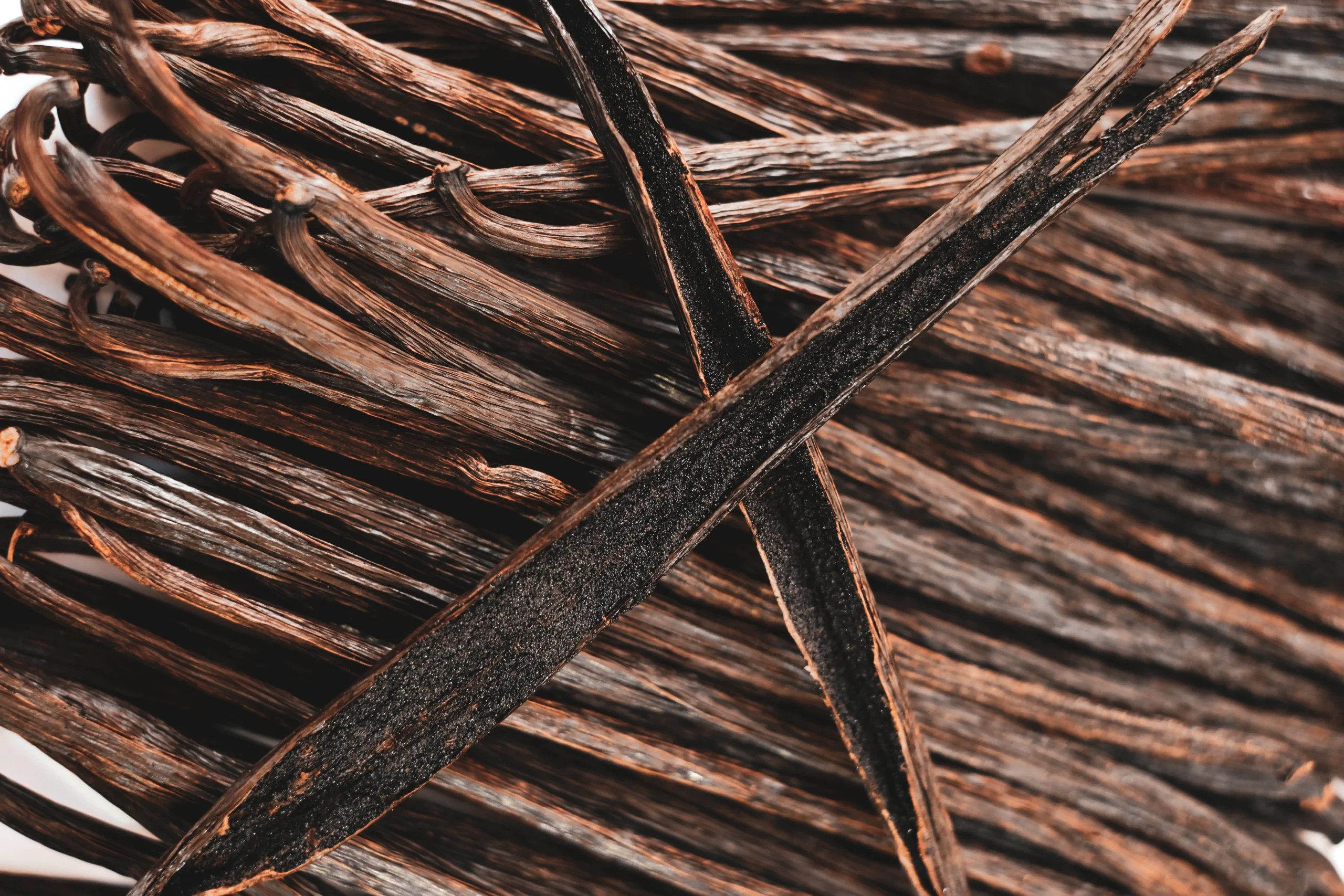
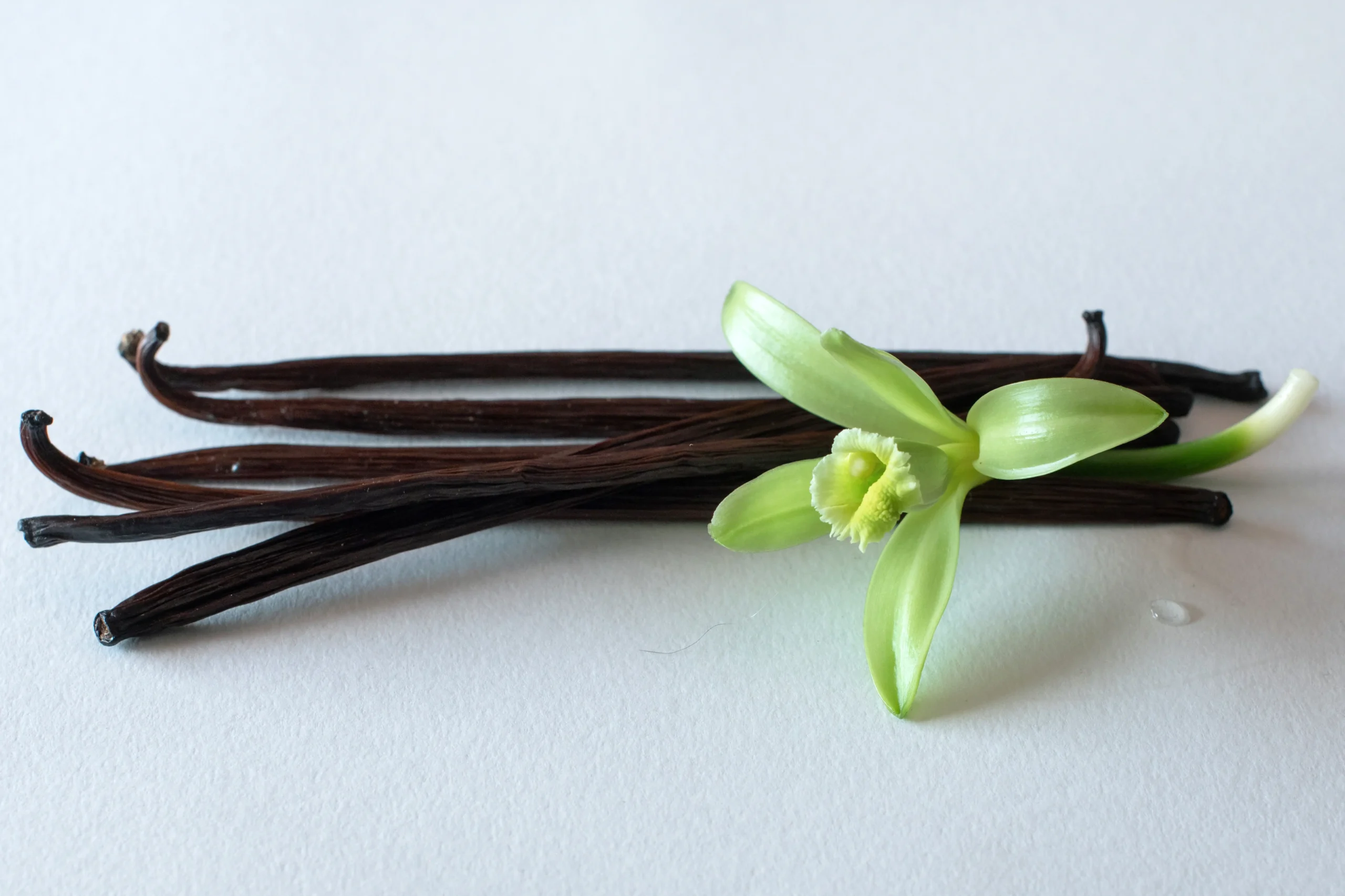
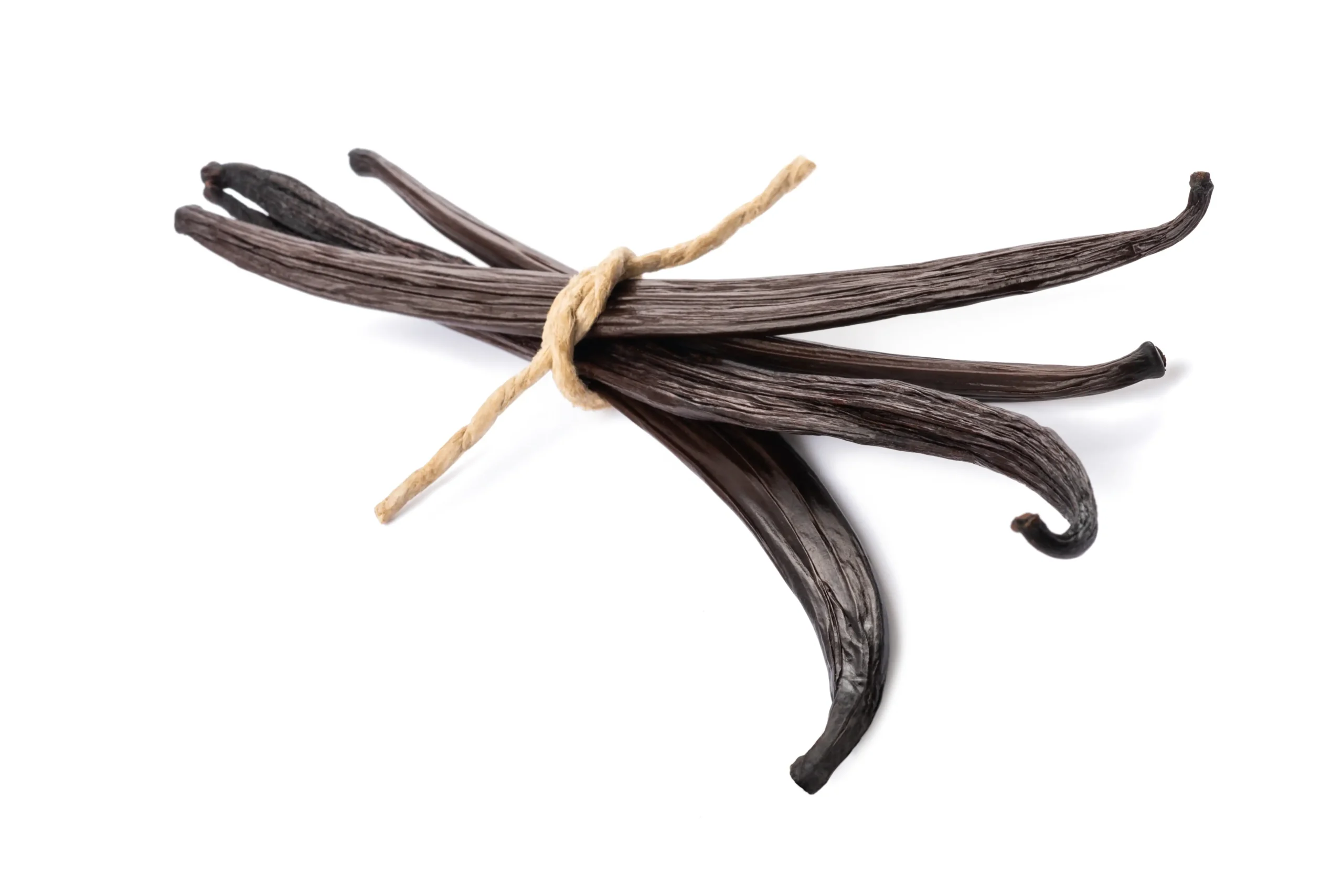
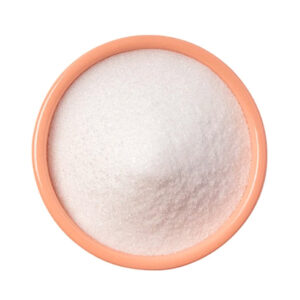
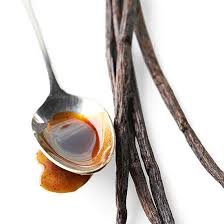
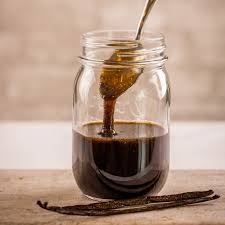
Reviews
There are no reviews yet.